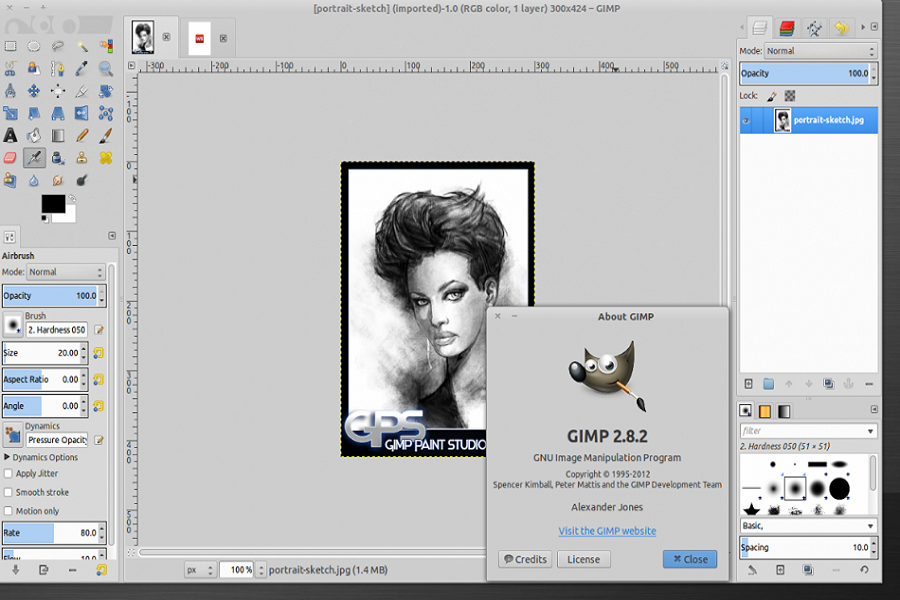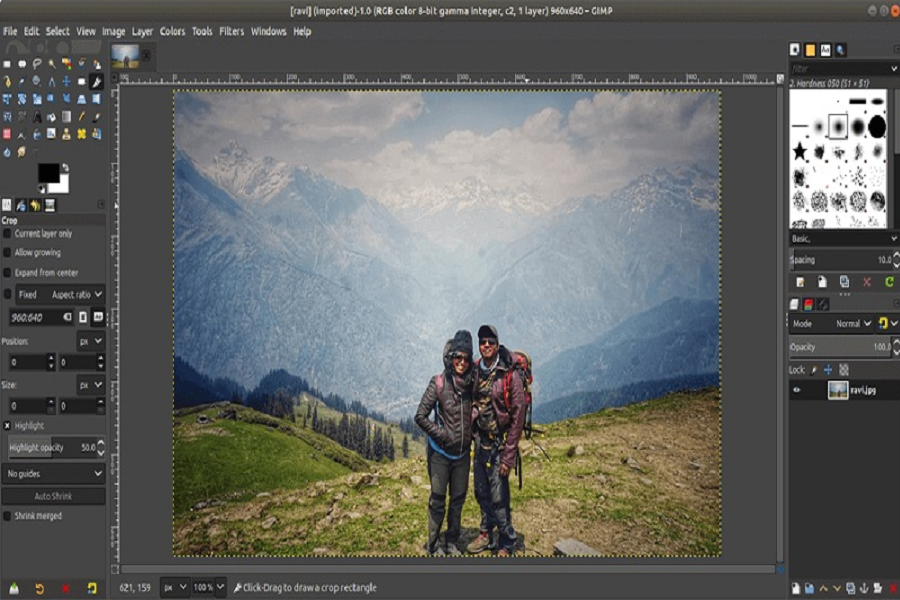The GNU Image Manipulation Program, commonly known as GIMP, is a powerful open-source software designed for tasks such as photo editing, image composition, and graphic design. Initially developed in 1995 by Spencer Kimball and Peter Mattis, GIMP has evolved significantly over the years, adapting to the changing needs of graphic designers and photographers alike. The project was established to provide an accessible and effective alternative to expensive image editing software, making advanced editing capabilities available to anyone with access to the internet.
Introduction to GIMP
As a free tool, GIMP is not only a budget-friendly option but also encourages a community-driven development ethos. This community contributes to its continuous improvement, ensuring that Is gimp good for photo editing incorporates a wide array of features comparable with professional editing software. The software runs on various platforms, including GNU/Linux, Windows, and macOS, making it widely accessible to users worldwide. GIMP supports numerous file formats, which allows for seamless integration into various workflows.
Over the years, GIMP has introduced numerous enhancements, including advanced paint tools, customizable brushes, and sophisticated layer management capabilities. These features have positioned GIMP as a versatile software solution for users ranging from casual photographers to professional graphic designers. Additionally, the program includes extensive documentation and a vast number of tutorials that promote user learning and skill development, further contributing to its popularity as an image editing tool.
As we explore whether GIMP is suitable for photo editing, it is essential to consider its origins, continued advancements, and how it aligns with the needs of modern users in the realm of digital image manipulation. Through this examination, we seek to understand how GIMP stands in comparison to other tools in the ever-growing landscape of photo editing software.
Key Features of GIMP
GIMP, or GNU Image Manipulation Program, is an open-source photo editing software that has garnered attention for its robust feature set. One standout aspect of GIMP is its support for a wide array of file formats. This flexibility allows users to import and export images in formats such as JPEG, PNG, TIFF, and even more specialized types like PSD (Photoshop Document), making it versatile for different editing needs.

Another significant feature is the use of layers, which is a fundamental aspect of photo editing. GIMP allows users to work with multiple layers, giving them the ability to manipulate various elements of an image independently. This feature is crucial for complex image compositions, as it enables users to edit backgrounds, foregrounds, and various components without permanently altering the original image. Layers help in achieving a non-destructive editing workflow, allowing for greater creativity and flexibility.
GIMP also boasts a rich ecosystem of plugins and extensions, which enhance its functionality. Users can expand GIMP’s capabilities by integrating third-party plugins, ranging from filter effects to advanced export options. The availability of these plugins means that users can tailor GIMP to better suit their specific photo editing requirements, ensuring that it remains a competitive choice for both amateur and professional photographers.
Additionally, GIMP offers a customizable interface that allows users to arrange tools and panels according to their personal preferences, contributing to an efficient workflow. With features such as customizable keyboard shortcuts, users can streamline their editing process, making GIMP an efficient and user-friendly option. Its capability to be tailored makes it appealing to a wide range of users, from casual hobbyists to seasoned professionals looking for a cost-effective solution to their photo editing needs.
Related Articles: How to edit photos on computer
Comparison with Popular Photo Editing Software
When evaluating GIMP in the realm of photo editing software, it is essential to compare its capabilities with prominent paid alternatives such as Adobe Photoshop and Lightroom. These comparisons will center on various crucial aspects including user interface, ease of use, feature sets, and pricing, providing insight into GIMP’s standing against its competitors.
Starting with the user interface, Adobe Photoshop is renowned for its polished and professional design, appealing to both novice and experienced users. In contrast, GIMP presents a more utilitarian layout which may initially feel less intuitive, particularly for individuals familiar with the seamless navigational experience found in premium applications. However, GIMP’s UI does offer significant customization options, allowing users to tailor their workspace to specific needs, which can be advantageous for advanced users seeking efficiency.
In terms of ease of use, Adobe Lightroom generally comes out ahead for beginners, specializing in ease of use and streamlined photo management. GIMP, while offering extensive features and tools comparable to those of Lightroom, may present a steeper learning curve for users unaccustomed to open-source software. Nevertheless, GIMP’s comprehensive help resources and community forums can bridge this gap for users willing to invest time.
The feature sets of GIMP rival those of paid software, offering numerous capabilities in photo manipulation, including support for various file formats, advanced editing tools, and customizable plugins. However, Adobe’s premium offerings such as Photoshop possess a more robust set of features targeted at professionals, such as AI-driven enhancements and thorough integration with other Adobe Creative Cloud applications.
Finally, one of GIMP’s most significant advantages over its paid counterparts is price. As an open-source program, GIMP is entirely free, whereas Adobe products require subscription fees, which can accumulate over time. This pricing structure makes GIMP an appealing choice for those who require powerful photo editing capabilities without financial commitment.
User Experience: Learning Curve and Usability
GIMP, which stands for GNU Image Manipulation Program, offers a powerful suite of tools that cater to various photo editing needs. However, it’s important to consider that its usability can present varying experiences depending on the user’s expertise level. For beginners, the learning curve can be somewhat steep. While GIMP is designed to be robust, the interface might initially overwhelm users who are not familiar with image editing software. Unlike some intuitive, user-friendly photo editing applications, GIMP requires users to invest time and effort in understanding its myriad functionalities.
Fortunately, GIMP’s community thrives on providing support and resources to help new users navigate this learning curve. A wealth of tutorials, both text-based and video, are readily available online. These resources cover everything from basic image adjustments to more advanced techniques, allowing users to gradually build their skill set. Many forums and discussion groups also exist, where more experienced users frequently offer assistance and share tips. This strong community support system contributes significantly to easing the user experience, making GIMP accessible despite its complexities.
That said, users may encounter specific challenges throughout their photo editing journey with GIMP. For instance, some functions may be less intuitive, leading to potential frustrations for individuals accustomed to more conventional software. Shortcuts and workflows may also require adjustment as users adapt to the GIMP environment. In contrast, the software’s extensive features can lead to a rewarding experience for those willing to explore its depths. As users familiarize themselves with GIMP, they often find that the initial hurdles give way to greater creative control and nuanced editing capabilities.

